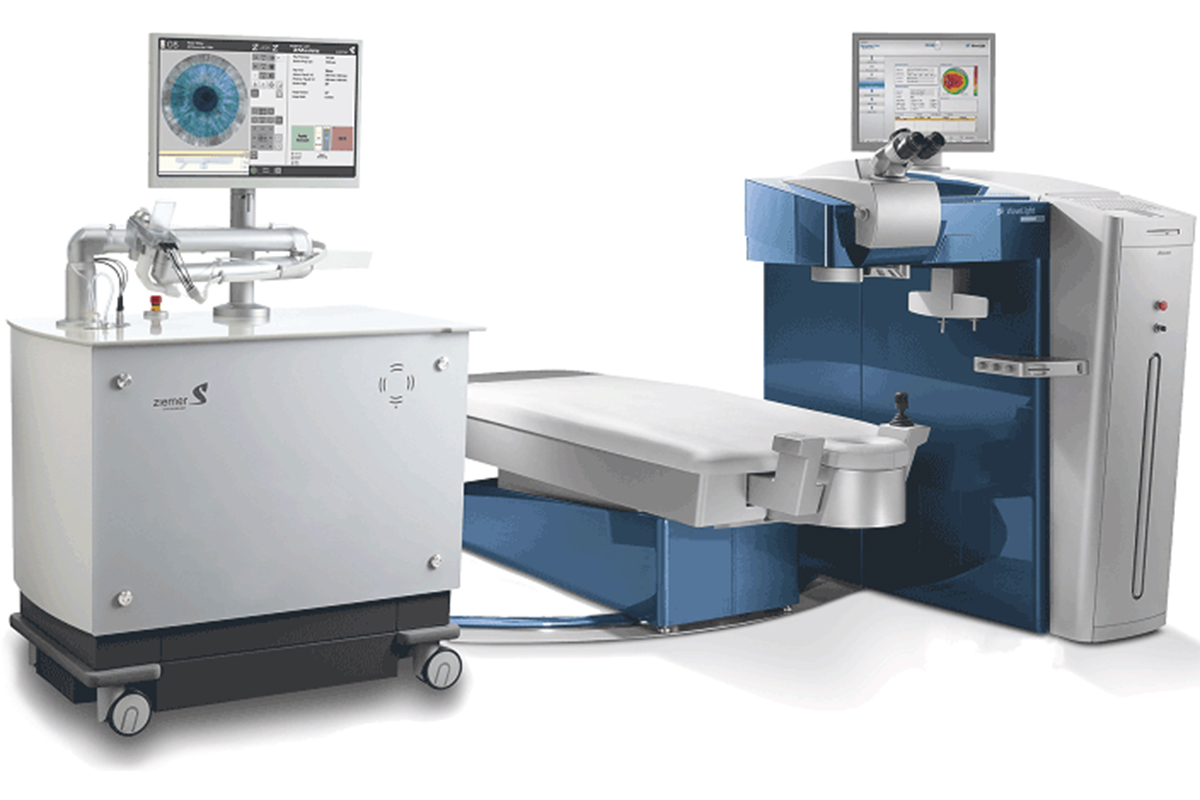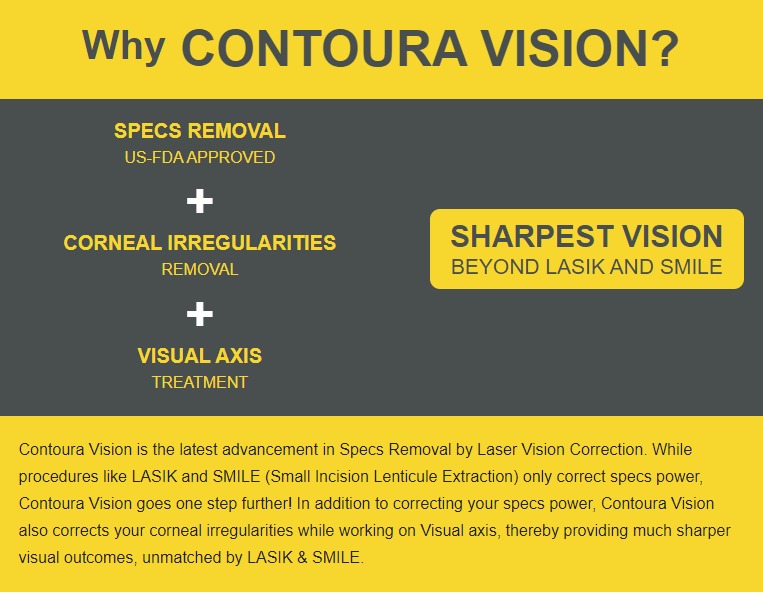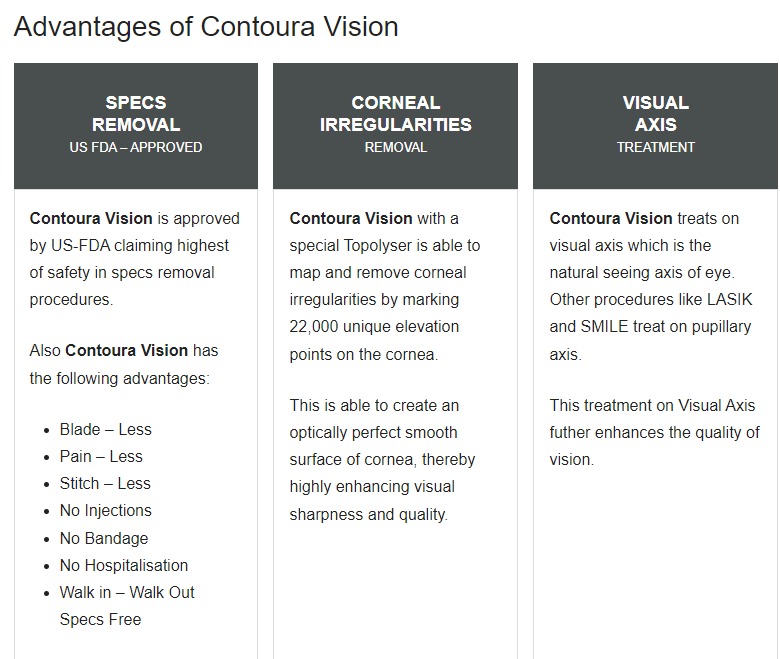Among the other surgeries, the most widely performed type of refractive surgery is LASIK (Laser Assisted in Situ Keratomileusis). In this surgery, a laser is used to reshape the cornea.
The surgeon makes a flap in the outer layer of the cornea to get to the tissue underneath. After that, they use the excimer laser to reshape the tissue underneath one’s corneal flap so it can focus light properly. It is the flap which makes the LASIK different from other procedures. Many a times, a doctor may also use a type of computer imaging called wavefront technology to create a detailed image of your cornea that they can use as a guide.
PRK or Photorefractive Keratectomy on the other hand is used to correct mild to moderate nearsightedness, farsightedness or Astigmatism. It is particularly useful in cases where the corneal thickness in not adequate to perform lasik. In this as well, just like LASIK, a surgeon uses an excimer laser to reshape one’s cornea. But in this procedure, the upper layer of cornea is removed mechanically and excimer laser is used on the stroma to reshape the cornea. After PRK, a contact lens is placed for a few days to support the healing of the eye. There might be slight pain for two to three days till there is healing of the superficial epithelial layer of the cornea.




